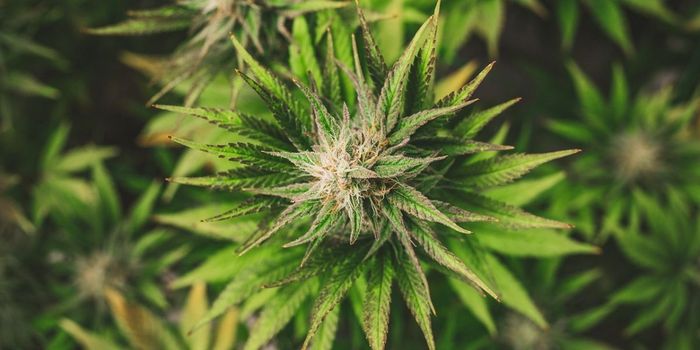Study Finds Decrease in Teen Cannabis Use
Florida Atlantic University researchers conducted a comprehensive study of teen cannabis use and found a significant decrease in the percentage of teens using cannabis. The study published in the journal Pediatric Reports reflects a need for interventions that e
The researchers analyzed data from the Youth Risk Behavior Survey, which compiled responses from 88,183 adolescents collected between 2011 and 2021. The research team analyzed data to determine the overall time trends in cannabis use and differences related to race/ethnicity, gender, and school grade.
The study provided critical insights into the decrease in teen cannabis use. Data analysis revealed that 23.1% of adolescents indicated they consumed cannabis in 2011. This number dropped to 15.8% by 2021. The percentage of teens trying cannabis for the first time before age 13 declined from 8.1% in 2011 to 4.9% in 2021. In general, older teens (specifically 12th-grade students) reported greater cannabis consumption, which suggests teens have increased access to cannabis as they progress through high school. Analysis of 2011 data showed that cannabis consumption was more prevalent among 12th graders (22.4%) than 11th graders (18.7%) and the earlier grades. The study showed that all grades had a decline in current cannabis use between 2011 and 2021. This decline was most significant among ninth graders.
One key finding showed girls surpassed boys in reported cannabis use by 2021. Girls reported a higher cannabis use (17.8%) than boys (13.6%) in 2021. In 2011, boys were more likely to consume cannabis (25.9%) compared to girls (20.1%). Another finding highlighted variations among Asian, Hispanic, and white teens. In 2021, African American teens reported a higher percentage of current cannabis use (20.5%) compared to teens from other ethnic groups (white teens reported 14.8% and Hispanic teens reported 16.7%, while Asian teens reflected the lowest level of use (5.1%).
The study emphasizes the importance of interventions that reduce teen cannabis use and developing health awareness programs that address the specific needs of different demographic groups.
Sources: Eureka News Alert, Pediatric Reports








